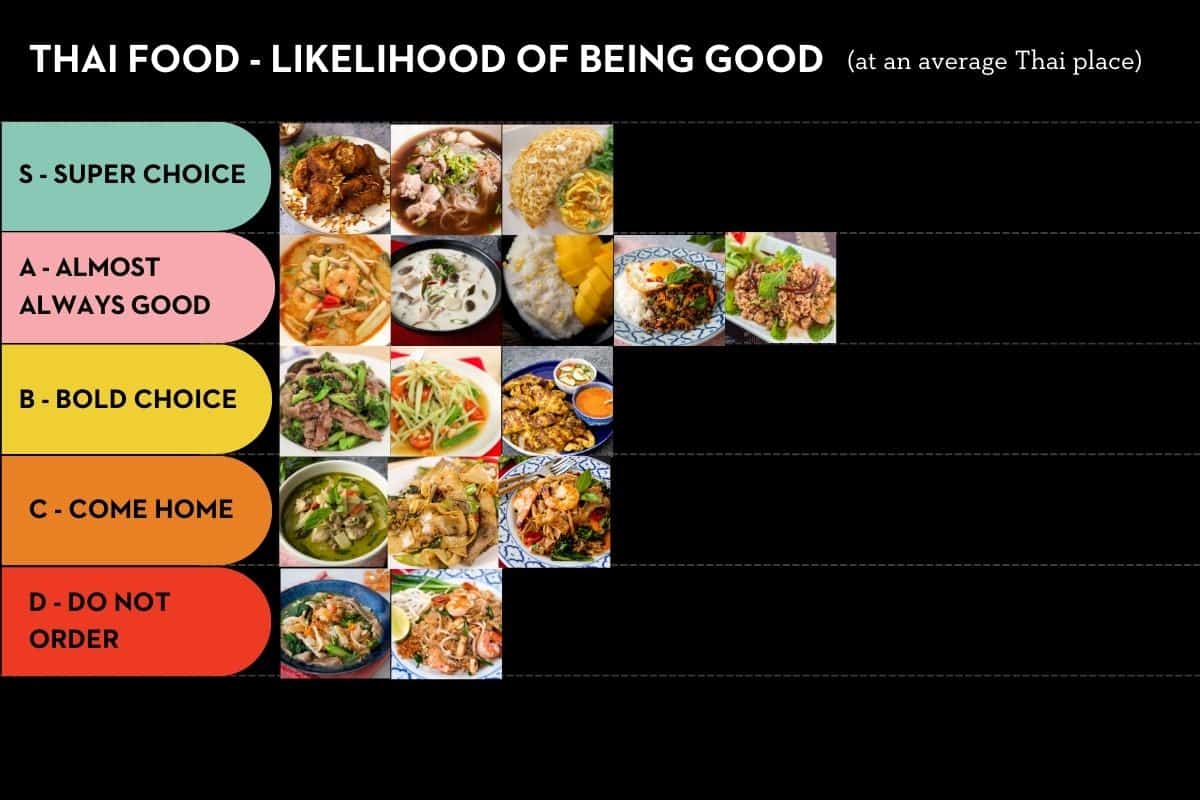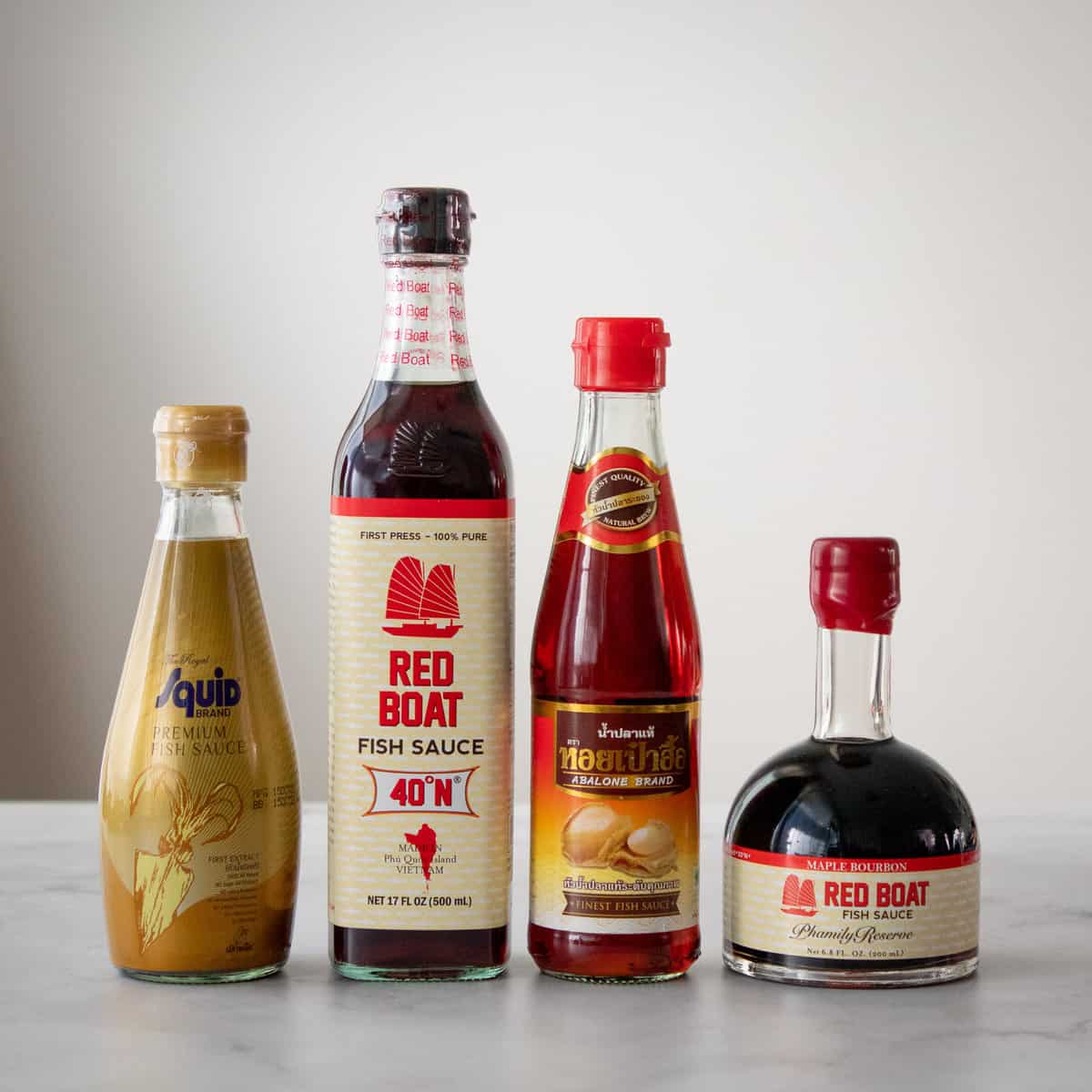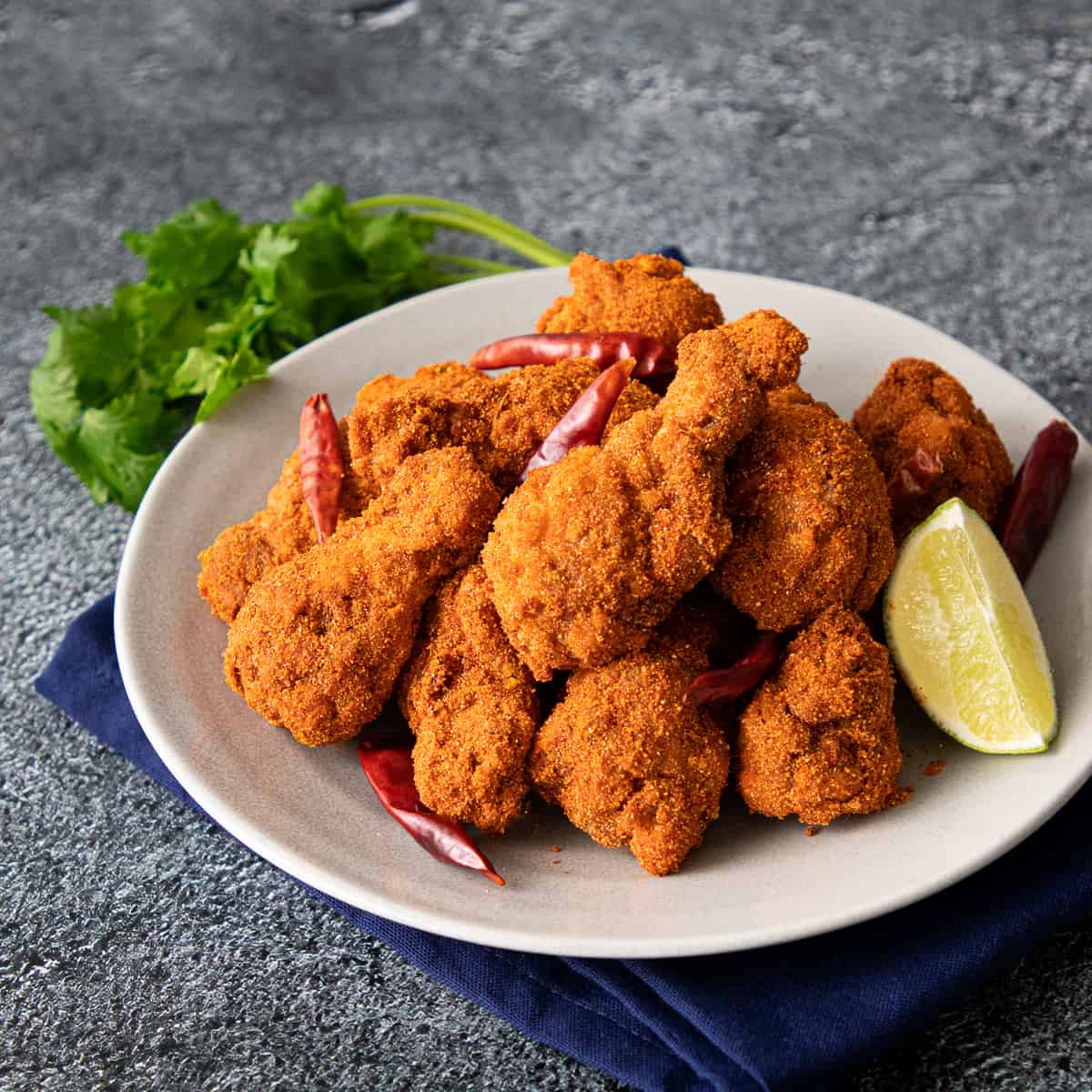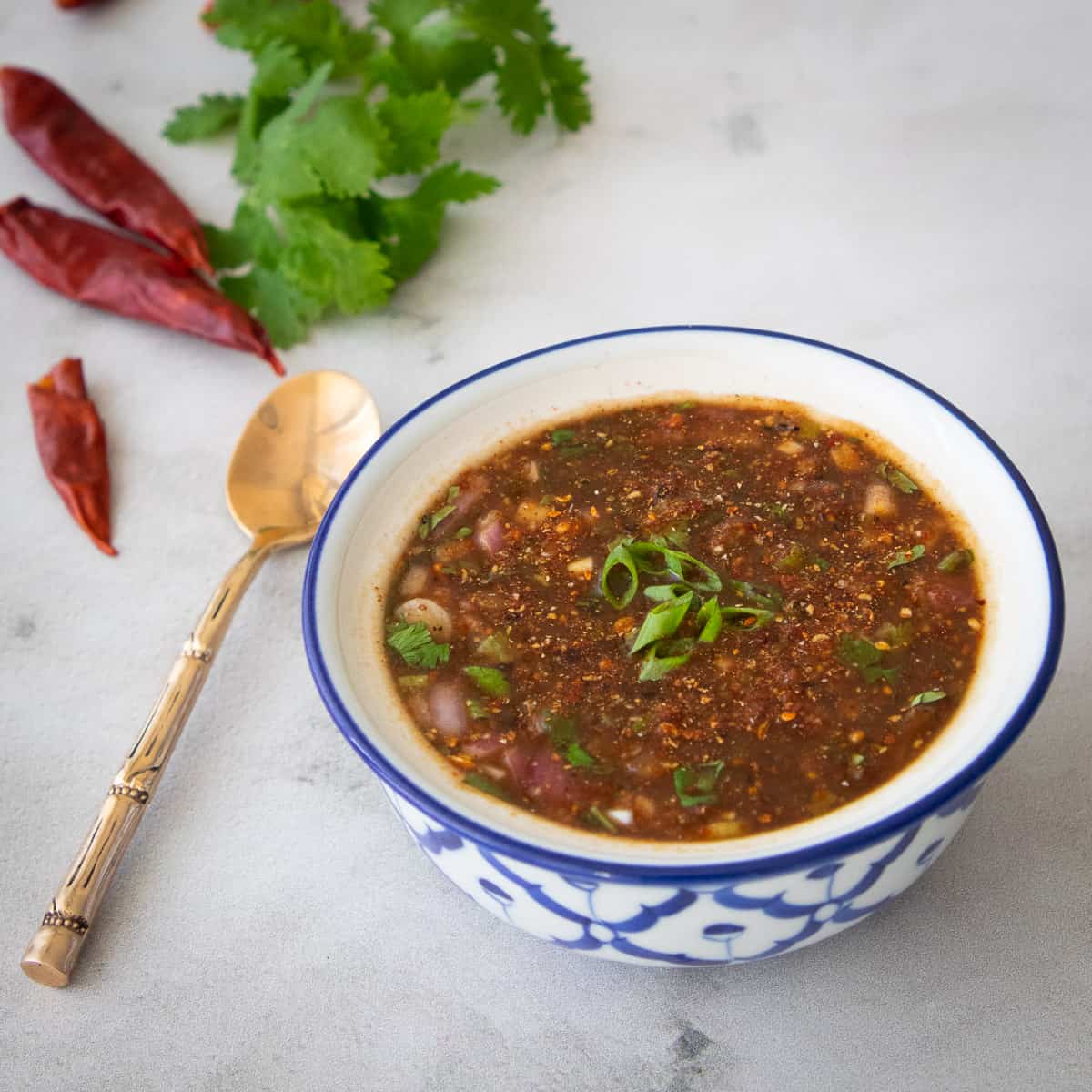This comforting soup is the epitome of simple Thai home cooking. It's a soup that just about every Thai family makes regularly, mine included, and especially if they have kids. It's called gaeng jued which literally means "bland curry,"...
This comforting soup is the epitome of simple Thai home cooking. It's a soup that just about every Thai family makes regularly, mine included, and especially if they have kids. It's called gaeng jued which literally means "bland curry," but it is anything but bland! It's named that way because it's one of the few Thai soups that's not spicy at all, so it is named "bland" to contrast the other spicier curries.
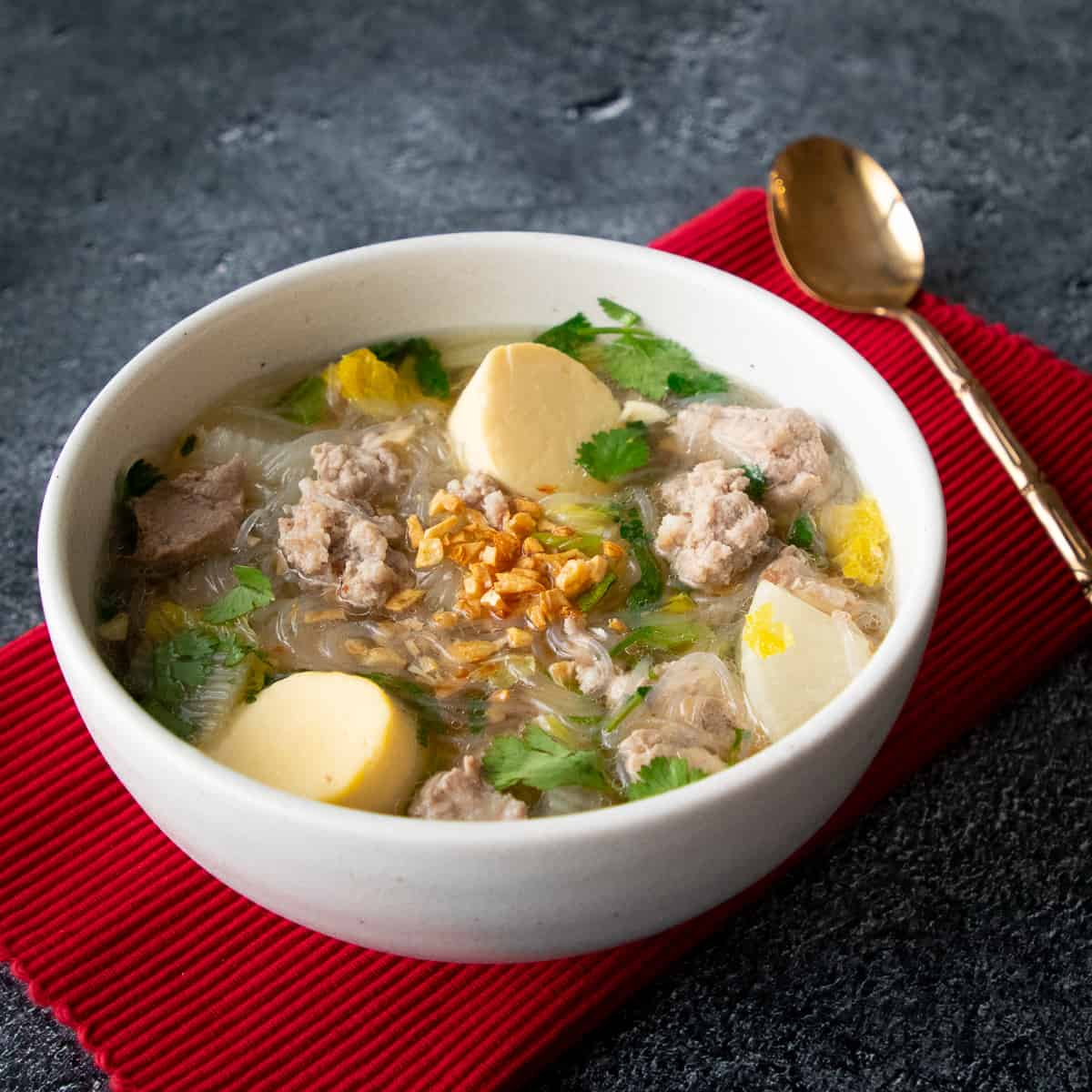
It is a comforting clear soup that is simple but so flavourful, and I'm going to make this version with glass noodles; which makes this gaeng jued woon sen. I'm also going to add egg tofu and napa cabbage, but you can modify this endlessly, and I'll give you all the different options in the post.
I make some version of this soup almost weekly because it is a staple of my son's diet, and a great way to use up veggies in the fridge!
?What is Gaeng Jued ???????
This glass noodle soup is a very common version of a gaeng jued, which is a family of clear soups using pork broth or chicken broth as the base. It's seasoned simply with fish sauce and soy sauce, and it goes well with just about anything, making it a very popular "wet element" of a Thai meal. (For more on elements of a well-balanced Thai meal, see my YouTube video here)
Though this version is a noodle soup, it isn't something you eat by itself like you would ramen or pho. Rather it is shared in a family style meal, and yes, with rice! If you want to learn about how to eat a Thai meal like a Thai, here's a video all about that :).
Ingredients
Here are all the ingredients, and I've included important notes on some of them. While you can add any protein or vegetables to a gaeng jued in theory, there are some tried and true options that people tend to stick to, and we'll go over that below. For amounts, see the recipe card below.

A note on pork ribs and wings: The reason I chose these as the protein is because they are a 2-in-1 deal; we get the meat and bones all in one package. This means that we can start the soup with plain water, and you'll end up with a rich, flavorful stock by the end. A good stock is the heart and soul of this soup, so this is very important!
If you already have unsalted homemade pork stock or chicken stock to start with, you can use it instead of water, and then instead of the ribs/wings you can simply make more of the meatballs (below).
Important: I encourage you to not use store bought, boxed chicken broth for this recipe. Those are made for Western cuisines, so the flavour is different, and they are typically not very full-bodied. If anything, I'd rather you use store bought bone broth with a relatively neutral flavour.
Pork Meatballs
The simple pork meatballs are the most popular protein option for Kang too. If you are not using ribs or wings because you have a good stock to start, then you'd want to make more of the meatballs, about 1.5X the recipe.
Ground pork or ground chicken, preferably not lean. Soy sauce Fish sauce Sugar Garlic, finely grated, optional. I don't usually bother with the garlic because I make this soup so much, so I try to simplify the process; but it's a nice touch so I will add it if making a special one for guests. A few cracks of freshly ground white pepper, black pepper will also work.?Other Protein and Vegetable Options
This soup is not only tasty and easy, it is so very modifiable! Here are some options for other fresh vegetables and proteins you can try:
Vegetables:
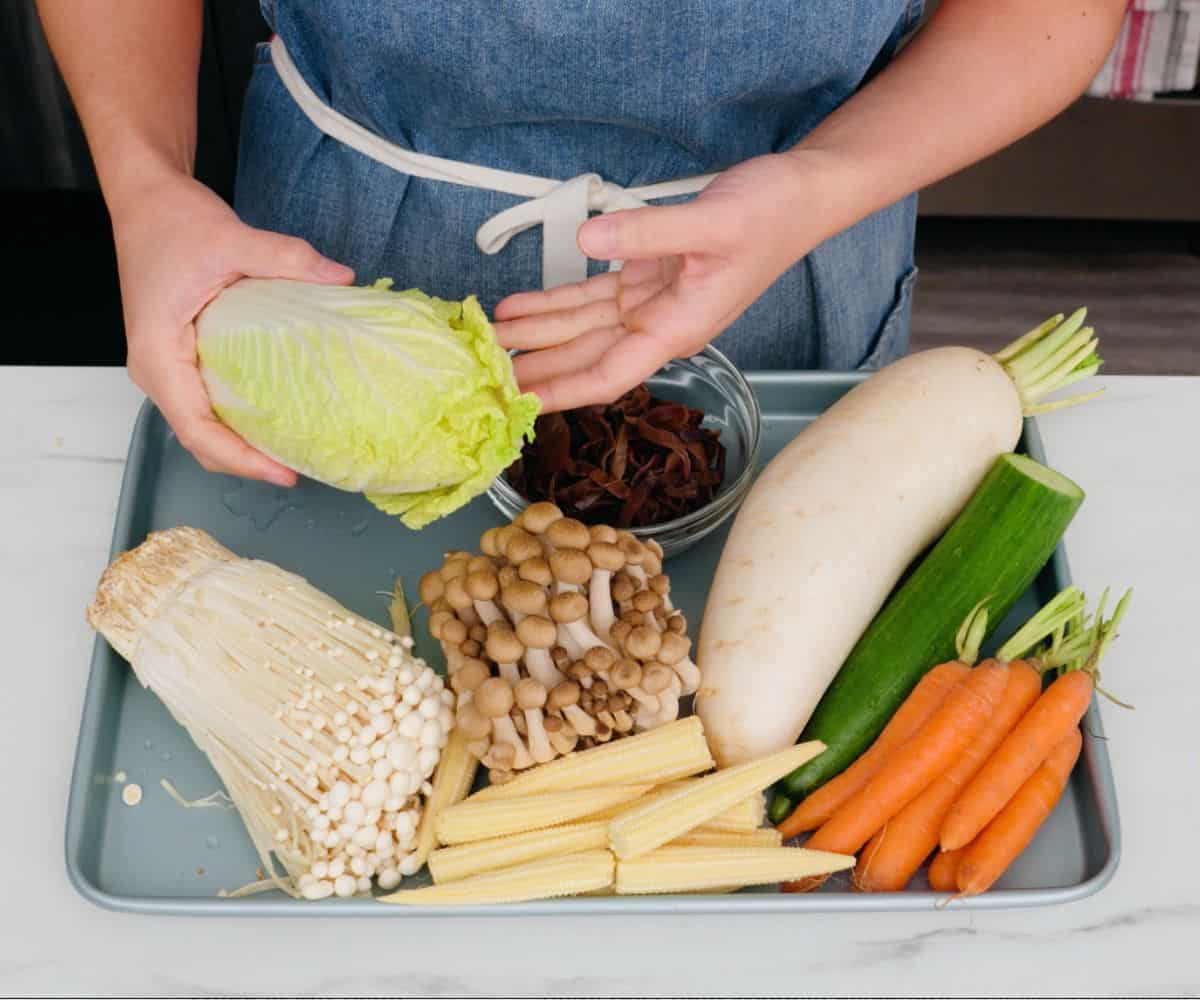
Protein:
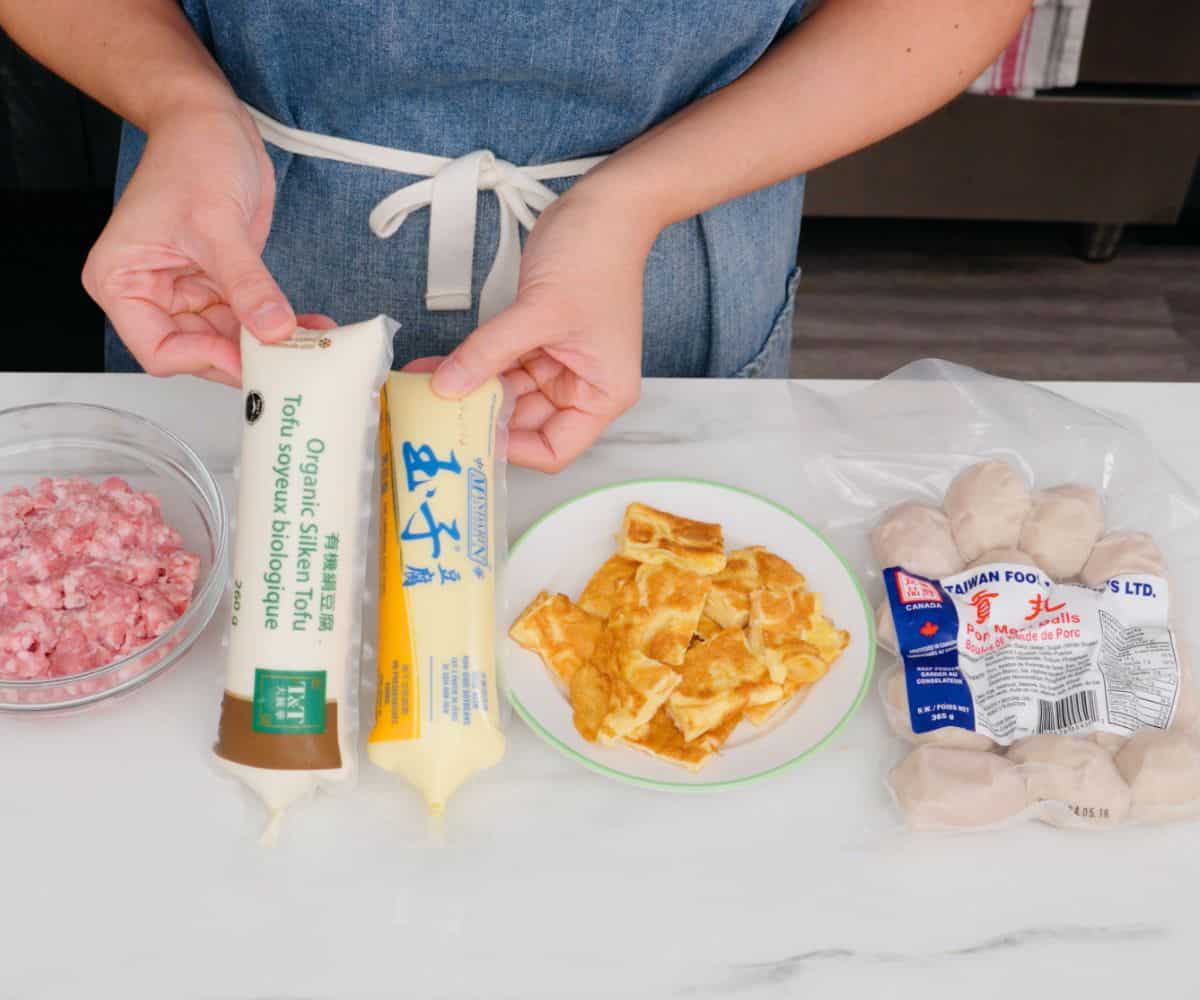
What about seafood or pieces of sliced meats, like sliced chicken breast? Those are not commonly added in Thailand, but there's no reason why you couldn't add them. Just a word of warning, because seafood and lean meats overcook quickly, they should be the last thing you add to the soup, and they should only cook for a few minutes before serving.
Noodles:
Glass noodles. That's it. What, you thought I was going to say you can use rice noodles or egg noodles? Nope. glass noodles are the only noodles we use in gaeng jued.
See, glass noodles, also known as mung bean noodles, have this magical ability to remain intact in soup for days. They never swell and mush the way rice or wheat noodles do. And because this soup is meant to be served family style, the noodles need to last the length of a shared meal, and maybe even the next few days if you have leftovers. Glass noodles will remain intact even reheated days later.
Rice or wheat noodles, on the other hand, once added to soup, need to be consumed asap or they will turn to mush. So they are better suited for noodle soups that are meant to be eaten on their own in one sitting, such as boat noodles or Thai chicken noodle soup.
How To Make Gaeng Jued
Here's a bird's eye view of how to make this recipe, so you get an idea of what the process involves. The full details are in the recipe card below. I also encourage you to watch the video tutorial to ensure success!


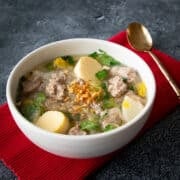
Thai Glass Noodle Soup
Ingredients
Pork Meatballs
˝ lb ground pork or chicken preferably not lean2 teaspoons soy sauce1 teaspoon fish sauceľ teaspoon sugarFew cracks of freshly ground white pepperFried Garlic (optional, this makes more than you need but you'll be glad to have it in the fridge!)
1 head garlic? cup neutral oilInstructions
For the Fried Garlic and Garlic Oil
Video
Notes
You can find pork spare ribs cut into small chunks (About 1.5-inch pieces) at any Chinese grocery stores’ meat departments.
The post Thai Glass Noodle Soup: My Weekly Staple (Gaeng Jued) appeared first on Hot Thai Kitchen.







